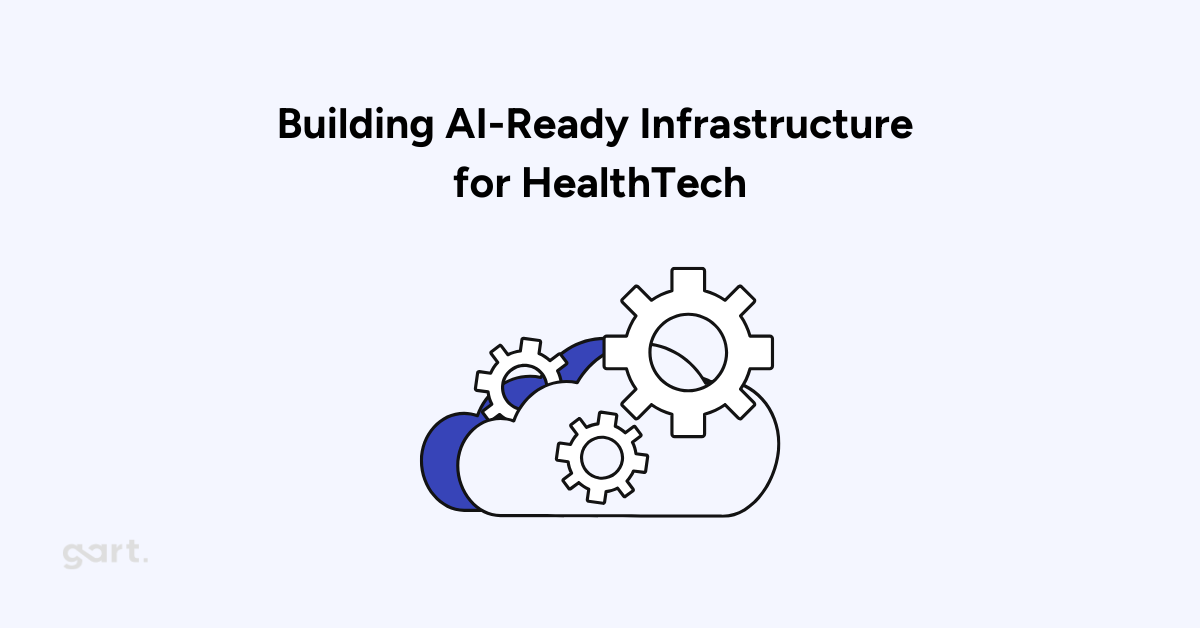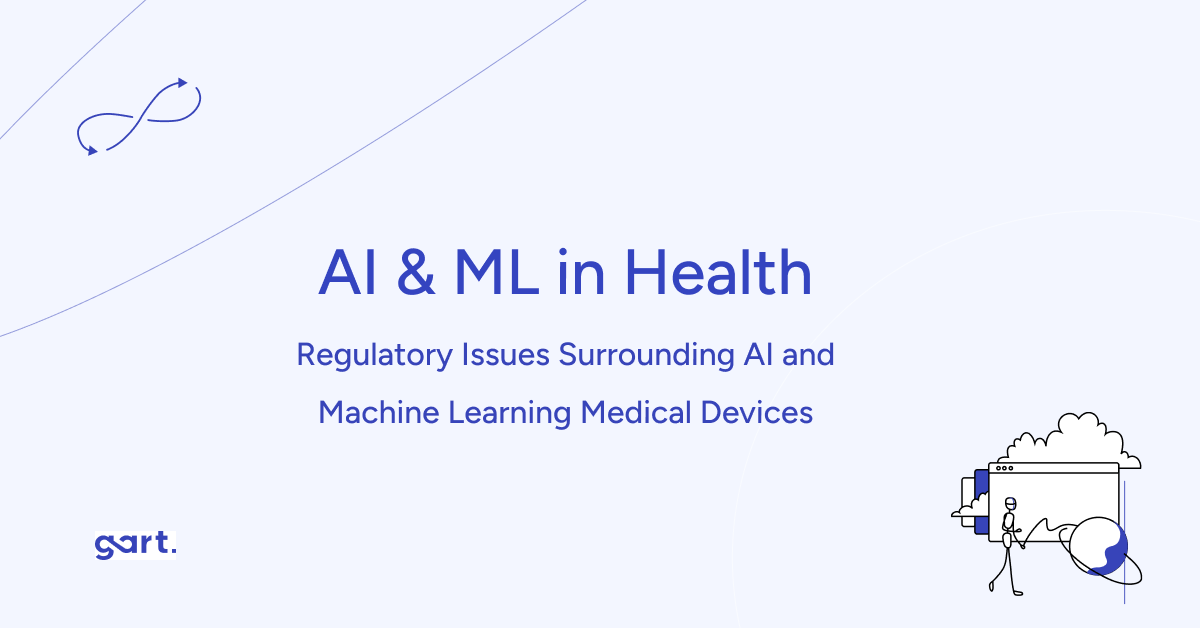The promise of Artificial Intelligence (AI) in revolutionizing health outcomes and administrative efficiency is undeniable. Yet, translating successful pilots into scaled, national deployment faces formidable technical and logistical hurdles.
The recent Survey on AI for Health provides a sobering look at these obstacles, highlighting four core technical roadblocks that are actively impeding widespread adoption and scalability.
Until these foundational issues are addressed with targeted technical strategies, AI in health care will remain confined to isolated successes rather than system-wide transformation.
1. Financial Affordability: The Capital Expenditure Barrier
While often viewed as a purely economic concern, the high financial affordability of AI systems is fundamentally a technical scalability barrier. AI solutions, particularly in high-risk clinical settings (e.g., advanced diagnostics or robotics), require significant capital expenditure that many national health systems struggle to justify at scale.
Technical Implication: The cost is driven not only by software licensing but by the underlying hardware: specialized computational power, high-grade security, and robust, high-availability cloud infrastructure. This barrier often limits systems to proprietary solutions, reducing interoperability and stifling open-source innovation that could lower costs. Furthermore, the expense of training and maintaining complex, data-hungry models (MaaS – Model as a Service) requires continuous, heavy investment, challenging public-sector budgets.
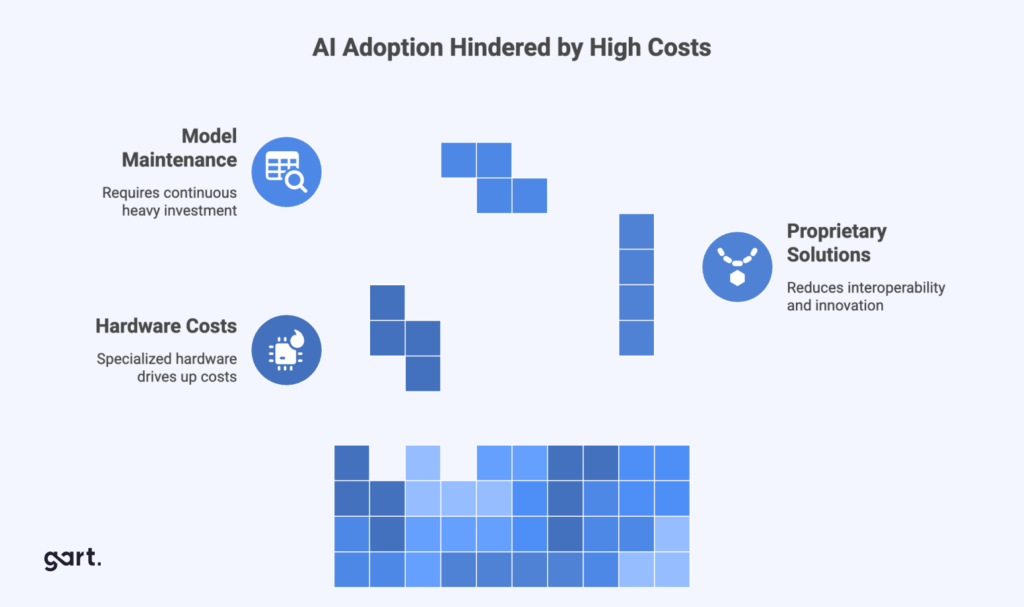
2. Data Quality and Standards: The ‘Garbage In, Garbage Out’ Challenge
The lifeblood of any effective AI model is high-quality, standardized data. The persistent issue of data quality and standards is consistently cited as a major or significant impediment to AI uptake across the region. If the data used to train and run the models is poor, biased, or inconsistent, the resulting AI system is unreliable and potentially dangerous.
Technical Implication: Scalability demands uniform data standards. The current fragmentation—where half of countries routinely extract data from Electronic Health Record (EHR) systems for registries, but standardization remains incomplete —means models trained in one regional setting often fail when deployed in another. This lack of standardization undermines model performance, safety, and explainability, making governance and regulatory approval nearly impossible for widespread deployment.
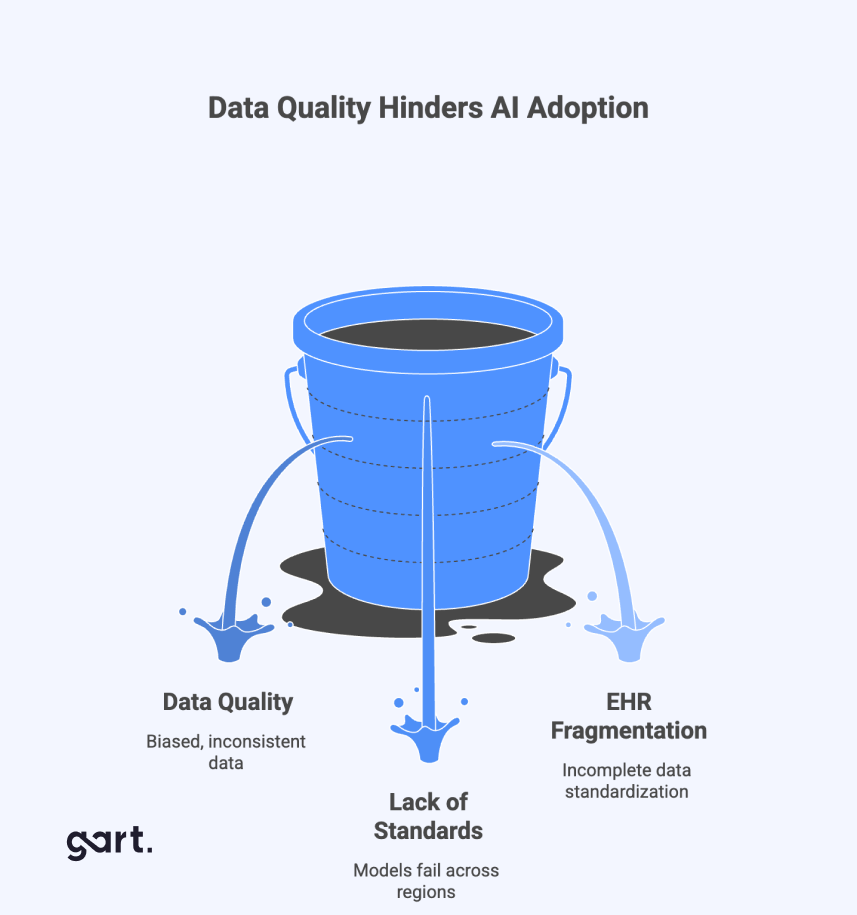
3. Legal Uncertainty: The Regulatory Friction
Legal uncertainty is one of the top perceived barriers to AI implementation. Developers and procurers of AI systems require clear rules regarding deployment, compliance, and accountability. Without a mature, predictable regulatory landscape, the commercial risk associated with developing and integrating AI products into national systems is too high.
Technical Implication: The primary friction lies in the lack of clear liability standards for AI-driven clinical errors. Furthermore, technical requirements for AI product approval processes remain complex and inconsistent across borders. This stalls the pipeline of AI products moving from development to established use, as certification and audit requirements for post-market monitoring and data accountability are often nascent or unproven.

4. Infrastructure: The Computational Bottleneck
The final, and perhaps most tangible, barrier to scaling AI is the deficiency in core infrastructure. While pilot projects can run on isolated hardware, national AI deployment requires a robust, secure, and highly available computational backbone.
The WHO survey flags Infrastructure as a significant challenge, confirming that the current IT capacity across many European health systems is a major bottleneck.
This is not just about servers; it is about the architecture needed to support real-time machine learning inference, massive data pipelines, and stringent compliance requirements.
The Triple Threat of Infrastructure Gaps:
Computational Power
Modern AI models (especially those used in medical imaging, genomics, and advanced predictive analytics) are GPU-intensive and latency-sensitive. Health systems often lack the necessary High-Performance Computing (HPC) clusters or access to scalable Cloud GPU/TPU resources. This deficit limits both the training of complex models and the real-time inferencing required for tools like radiology assistants or immediate diagnostic decision support.
Network Connectivity (Edge/Cloud Friction)
Effective AI relies on seamless data flow. Poor network connectivity and insufficient bandwidth, especially outside major urban medical centers, prevent the deployment of latency-critical applications. The AI system might reside in a secure central cloud, but without reliable, high-speed connections, its utility for remote clinics or emergency care at the network edge is compromised.
Data Storage and Access Architecture
While Health Data Hubs are being established, the architecture supporting them must be scalable for petabyte-level data, while remaining immediately accessible and compliant. Traditional systems struggle with storing and quickly querying unstructured data (like raw medical images or clinician notes) which is crucial for advanced NLP and vision models. A shift to modern data lake/data warehouse (DL/DW) architectures is mandatory, but remains costly and complex to implement correctly under GDPR constraints.
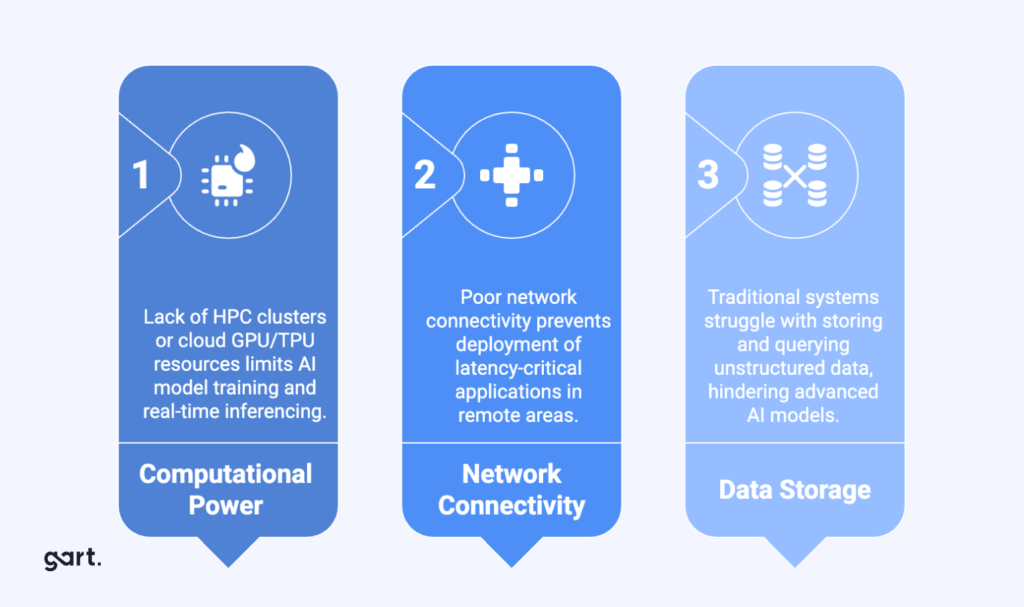
The Gart Solutions Mandate: Building the AI-Ready Foundation
At Gart Solutions, our core mission, derived from the Ukrainian word for “toughening,” is to build the resilient, scalable, and secure technology foundations that European health systems need to overcome these computational bottlenecks.
As a specialized DevOps and Cloud Solutions provider, we focus on three strategic areas to enable AI at scale in HealthTech:
Compliant Cloud Migration and Optimization
We specialize in migrating legacy, on-premise workloads to hyper-scale cloud environments (AWS, Azure, GCP). This immediately addresses the Computational Power gap by providing elastic access to GPU-optimized compute resources on-demand. Crucially, we design architectures that are GDPR, HIPAA, and NIS2 compliant, implementing multi-layer security, encryption, and strict Role-Based Access Control (RBAC) to ensure data privacy is built into the foundation.
We also ensure optimization to dramatically reduce the Financial Affordability barrier by minimizing cloud operational expenditure (OpEx).
DevOps, SRE, and MLOps Automation
Scaling AI isn’t just about hardware; it’s about the pipeline. We implement Site Reliability Engineering (SRE) and DevOps practices to automate every stage of the AI lifecycle: from data ingestion to continuous deployment and monitoring. This ensures 99.9% infrastructure availability and reduces deployment time by up to 60%, essential for high-availability health services.
Kubernetes for Scalable Orchestration
For applications to be truly portable and scalable across regions—a critical need in pan-European health initiatives—they must be containerized. We leverage Kubernetes (K8s) enablement to build an agile, cloud-agnostic operating platform that supports future growth, allowing health platforms to run their AI applications consistently across private, hybrid, or multi-cloud environments, overcoming vendor lock-in and maximizing efficiency.
Learn more about how Gart Solutions builds resilient, future-ready infrastructure in this conversation:
The future of European healthcare AI is not merely in the algorithms, but in the architecture that allows those algorithms to operate safely, affordably, and at the national scale.
These four roadblocks—Financial, Data Quality, Regulatory, and Infrastructure—must be tackled collaboratively through coordinated investment, technical standardization, and an agile, risk-based legislative approach to truly unlock AI’s potential for European health systems.
See how we can help to overcome your challenges


